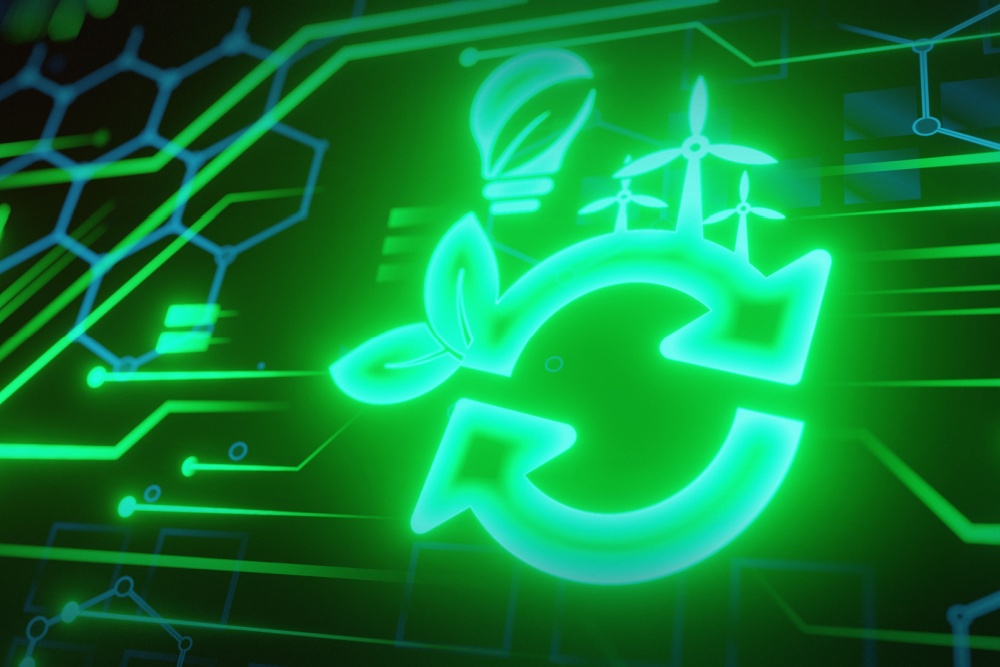We know that anything left unattended will quickly become messy. Just ask the parents of any toddler. We all have been working with collaboration tools (Slack, Zoom, WebEx, Teams, etc.) for the past eighteen months and it’s time to ask the question, who is attending to these tools? If your answer is ”nobody”, you are well on your way to a governance problem. So, it’s time to start thinking about how you want to manage chat retention.
Why Chat Retention Matters
There are two reasons why chat retention matters.
- Search. The search function in a tool like Teams is very good. You can simply type a word in the search bar, and it will return all manner of results that are related to that word. That said, you are not often looking for ALL the results. Rather, you are looking for the one result that is important to you. The more chat content you have, the more results you are going to see. Given the default chat retention policy is “keep everything” you might have a lot of material by now.
- Discovery. All your organization’s digital conversations, including email and chat messages, are subject to discovery in the event of litigation. Do you really want some off-the-cuff remark in a chat message to show up in court?
How Do You Lasso the Chat Beast?
If I have convinced you that you need to think about chat retention, your natural next question is how to get started. If you are using Teams, here is a handy document. But let me suggest that you step back for a second and think about chat (and email and documents) in the context of getting work done in the organization.
As we go about our day, we communicate with others to accomplish some tasks. We describe the problem or opportunity. Next, we look at alternative methods to solve the problem or capture the opportunity. We collect some information and evaluate the course of action we want to take. Following this, we solve the problem or capture the opportunity. Case closed.
Let These Questions Be Your Guide
As we go through this process we create information, whether in email, chat messages, or written documents. Much of the information we create is effectively in draft form. Email threads and document revision histories are great examples of this. So, this leads us to some questions.
- How long do we need to keep the final version of a document, chat session, or email thread? Likely this depends on what the information is about. We want to keep articles of incorporation forever. The organization’s CPA will tell us to keep tax records for seven years. And we might want to keep information on grant decisions for one or two years after the decision has been communicated.
- How long do we need to keep information that is in draft form? It is likely that we could get rid of this information much more quickly.
- How long do we need to keep information that’s of a more casual nature? People like to say that nothing on the Internet ever really goes away. So, we know that we need some rules of the road covering what kinds of conversations are appropriate or inappropriate in a business setting. And we might want to apply some technology to automatically remind content creators of these rules of the road.
Policies, Policies
Based on the questions above, we are ready to create our chat retention (or email retention, or document retention) policy. We can create a small number of buckets with associated retention periods. Our next step is to publish a policy that describes how we are organizing information and what retention periods we plan to apply to different buckets of information. It is likely that we will also want to include some of our reasoning that describes why this is an important activity for us to do. We will also want to include a process for providing feedback on the buckets we have chosen. Finally, if we are going to allow exceptions to this policy, we will want to describe what the process is for seeking an exception.
Once our chat retention policy has been shared with staff, we can turn to technology. Our collaboration tool of choice can automate the retention (more accurately, the removal) of information. For each bucket of information, we define the condition or conditions that define what information goes into that bucket. Next, we define the length of time we want to keep information in that bucket. We might also define where that information is to be stored if it’s anywhere other than where the information is right now.
Start Simple and Iterate
You can get quite sophisticated with your chat retention policies. In some cases, you can create a policy for an individual. Remember that the buckets you create may need to be adjusted over time. Start with the information that you can readily identify as belonging to a particular bucket. Create your written policy, then your retention policy. Run the retention policy and decide if it is doing what you wanted it to do for chat retention. Remember, we’re trying to keep the room tidy, but we don’t need to go overboard about it.





0 Comments